While Estonia is often lauded for its innovation, green cities and digital prowess, a quieter and more fragile issue lingers out of sight – the plight of the nation’s stray animals.
From the urban streets of Tallinn to the countryside and forests, thousands of cats, dogs and other former pets roam without homes, care or protection. With many shelters overwhelmed, veterinary costs soaring and animal welfare laws failing to keep pace, the stray population remains a persistent and complex challenge. At the heart of this crisis are shelters and volunteers, working tirelessly to offer these animals a second chance.
Estonian World visited two of Tallinn’s most vital animal shelters – Cats Help MTÜ and Varjupaikade MTÜ – to speak in depth with the dedicated staff and volunteers on the front lines of Estonia’s animal welfare efforts.
Cats Help: Volunteer-led cat rescue and rehabilitation

In the quiet district of Nõmme in Tallinn, a room filled with purring and the soft rustle of tails marks the heart of a growing animal welfare movement. Here, in a shelter run by the non-profit Cats Help, some 60 to 70 cats are waiting – for medical treatment, for safety and, above all, for a home. But behind the heart-warming photographs and hopeful adoptions lies a harsher reality: strained resources, rising abandonment and a deepening crisis in the care of stray animals in Estonia.
Founded in 2019, Cats Help began with a simple mission: to rescue, rehabilitate and rehome abandoned cats across Estonia. What started as a volunteer-led initiative has since grown into a vital lifeline for hundreds of animals. Today, the organisation cares for up to 300 cats at any one time through its shelter and a wide network of foster homes, while also managing four cat colonies across the country.

We met with Eline Kleine, a full-time volunteer at the cat room in Nõmme. “We try to keep the number of cats in the shelter low,” she explains. “When there are too many cats in one space, they get sick or stressed.” Yet the numbers continue to rise. Kitten season – typically from late spring through summer – overwhelms the shelter every year. “It’s the worst period,” Eline says.
Cats Help employs the Trap-Neuter-Return (TNR) method where possible – a humane practice that involves sterilising stray cats and returning them to their territories to help control the population. While effective, it presents considerable logistical challenges.
“We just don’t have the space to take in every cat and the vet bills for injured or sick cats are our biggest problem,” Kleine said. Run entirely by volunteers and reliant on donations, Cats Help is struggling to meet ever-growing demand.
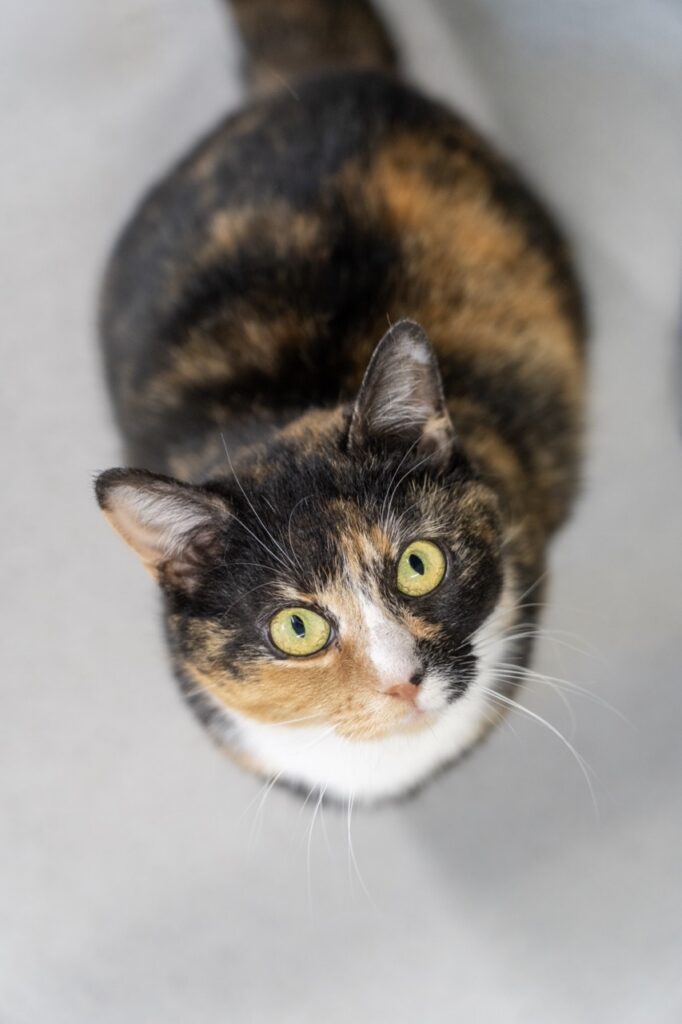
A lack of legal enforcement only worsens the problem. “Authorities often side with negligent owners who reclaim cats that are unchipped, injured or clearly neglected,” Eline adds. Five years into their work, she believes the situation has deteriorated: “It might even be worse now, because people know where to call for help – but that doesn’t mean we always can.” She emphasises the importance of individuals doing what they can before seeking outside help, as Cats Help is not always able to intervene.
“If you can’t afford vet bills or feed your cat properly, don’t get one. They’re not toys – you don’t need them just to say they’re cute,” she says. Her frustration reflects a growing trend: more and more people are surrendering pets due to financial hardship.
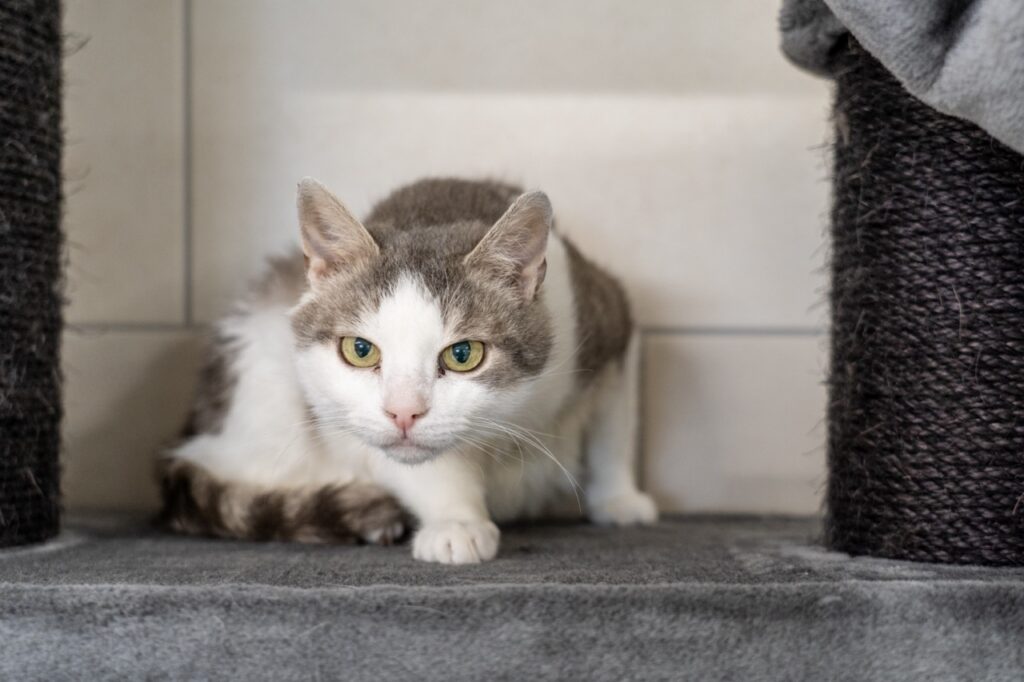
Varjupaikade MTÜ: Estonia’s largest shelter network on the front lines

Across Tallinn, at the larger Varjupaikade MTÜ shelter – Estonia’s largest animal welfare NGO – the same concerns resonate. Established in 2007, the organisation operates eight shelters nationwide; its Tallinn branch, which includes a veterinary clinic, opened in 2016. Staff monitor the shelter around the clock, and at any given time, it houses around 200 animals, finding new homes for approximately 2,000 pets each year.
Anni Anete Mõisamaa, one of the shelter’s workers, explains that while the Tallinn facility receives some local government funding, it only covers the basic 14-day holding period mandated by law. “Estonian law requires local authorities to provide care for stray animals for 14 days,” she says. “After that, they offer nothing – and often show little concern for the animal’s future. That’s why we still rely heavily on donations.”
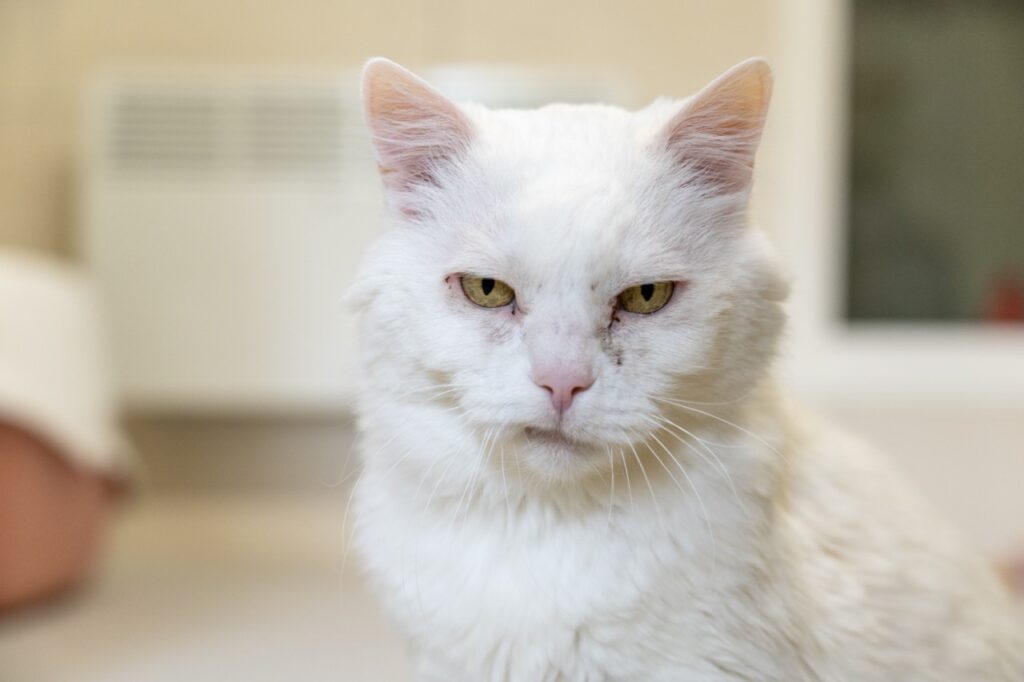
One of the organisation’s greatest challenges? Feral cat colonies in rural areas. Unlike Cats Help, Varjupaikade MTÜ does not employ Trap-Neuter-Return methods, making it more difficult to manage stray populations – particularly during Estonia’s harsh winters. “By law, every pet must be kept indoors,” Anni adds.
The organisation is also involved in rescuing animals from abusive homes – and some cases are truly harrowing. “We rescued 40 cats from a hoarding situation last year. The woman refused to let us in and started throwing cats at us. It was frightening,” recalls Anni.
Yet even in the darkest moments, there is hope. “Two of the rescued cats – one blind, the other with only one eye – formed a bond and relied on each other completely. They were adopted together.”
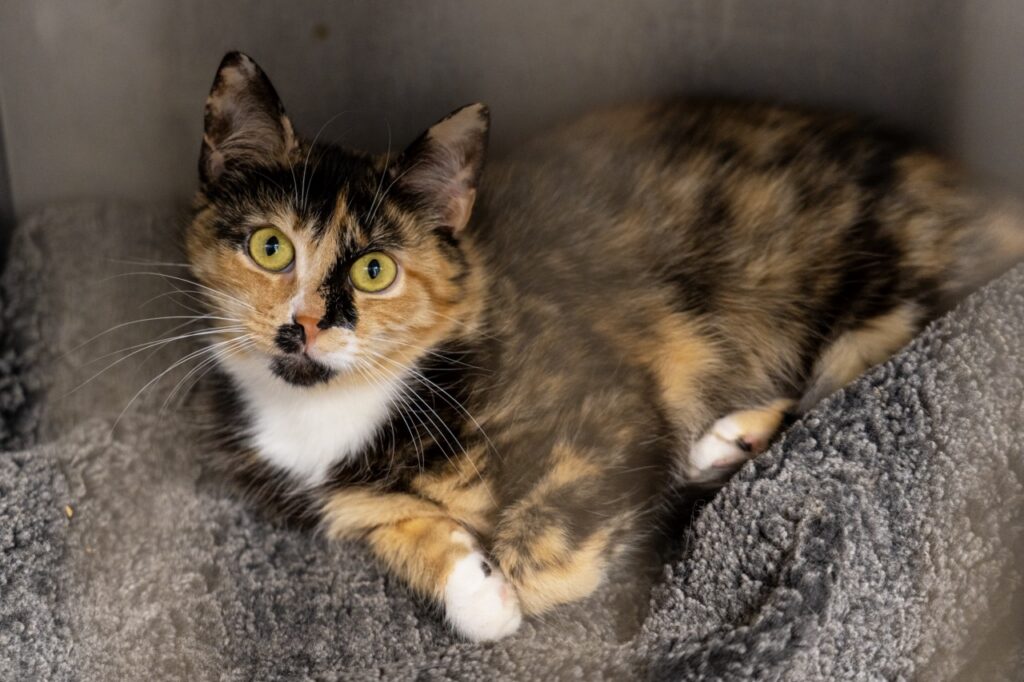
Microchipping remains a major concern. In Tallinn, around 34 per cent of cats are chipped, but the numbers fall significantly in rural areas. “Many of the cats we rescue are actually someone’s pet – but without a chip, we can’t reunite them,” Anni explains.
She also notes a curious cultural trend: “Estonians tend to be superstitious, and red cats – associated with money and luck – are the most sought after.” As a result, orange and calico cats are adopted the fastest, while, sadly, black cats tend to wait the longest for a home.
Varjupaikade MTÜ doesn’t only care for cats – the organisation also rescues and shelters stray dogs, many of them from illegal puppy farms. “Last September, we took in 87 dogs from a single Pomeranian puppy factory – they all ended up here,” says Anni.
Fortunately, the last one was adopted in January, and every dog found a loving home. “Small dogs are very popular, so we had no trouble finding them new families.” However, while small breeds are quickly rehomed, larger dogs often struggle to find adopters due to their greater space and care requirements.
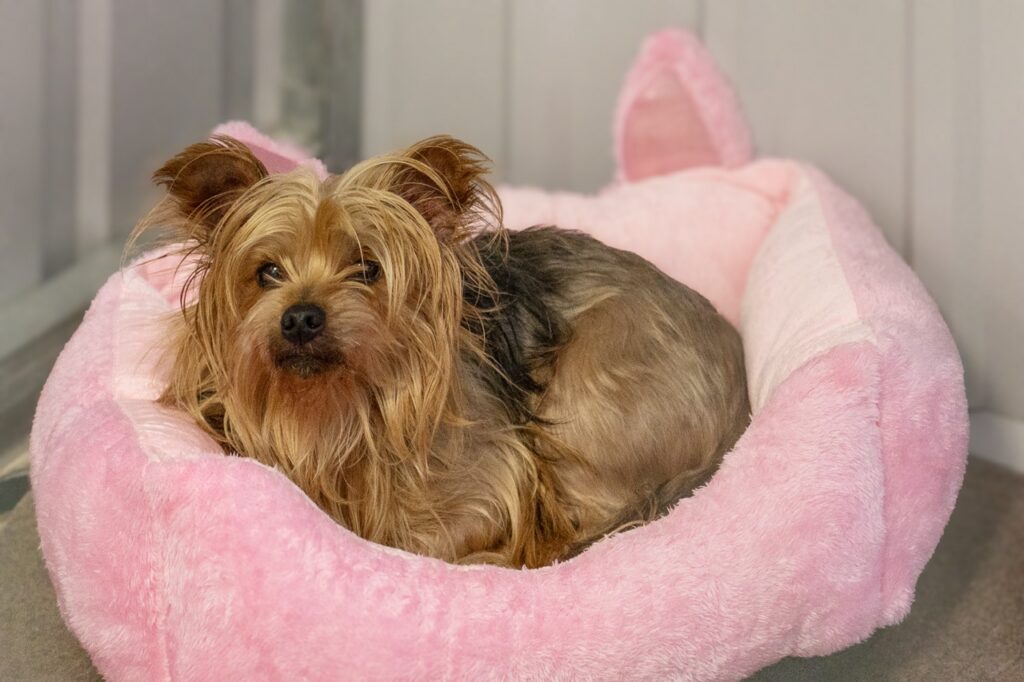
Animal welfare is everyone’s responsibility
Both Cats Help and Varjupaikade MTÜ share the same message: animal welfare is a collective responsibility. While shelters and volunteers form the backbone of this vital work, there is only so much they can do alone. “If you see an injured animal and are able to help, don’t just call and walk away – do something,” says Anni. “They are family, and they deserve better.”
As more Estonians open their homes and hearts to animals, awareness is undoubtedly growing. But with adoption rates still lagging behind the rising number of stray and abandoned pets, one question remains: how much longer can shelters bear this burden alone?
If you have the time, space or means, both organisations welcome support – whether through donations, fostering, or permanent adoption. To find out more, view animals available for adoption or contribute to their work, visit:
- Cats Help – www.catshelp.ee
- Varjupaikade MTÜ – www.varjupaik.ee

